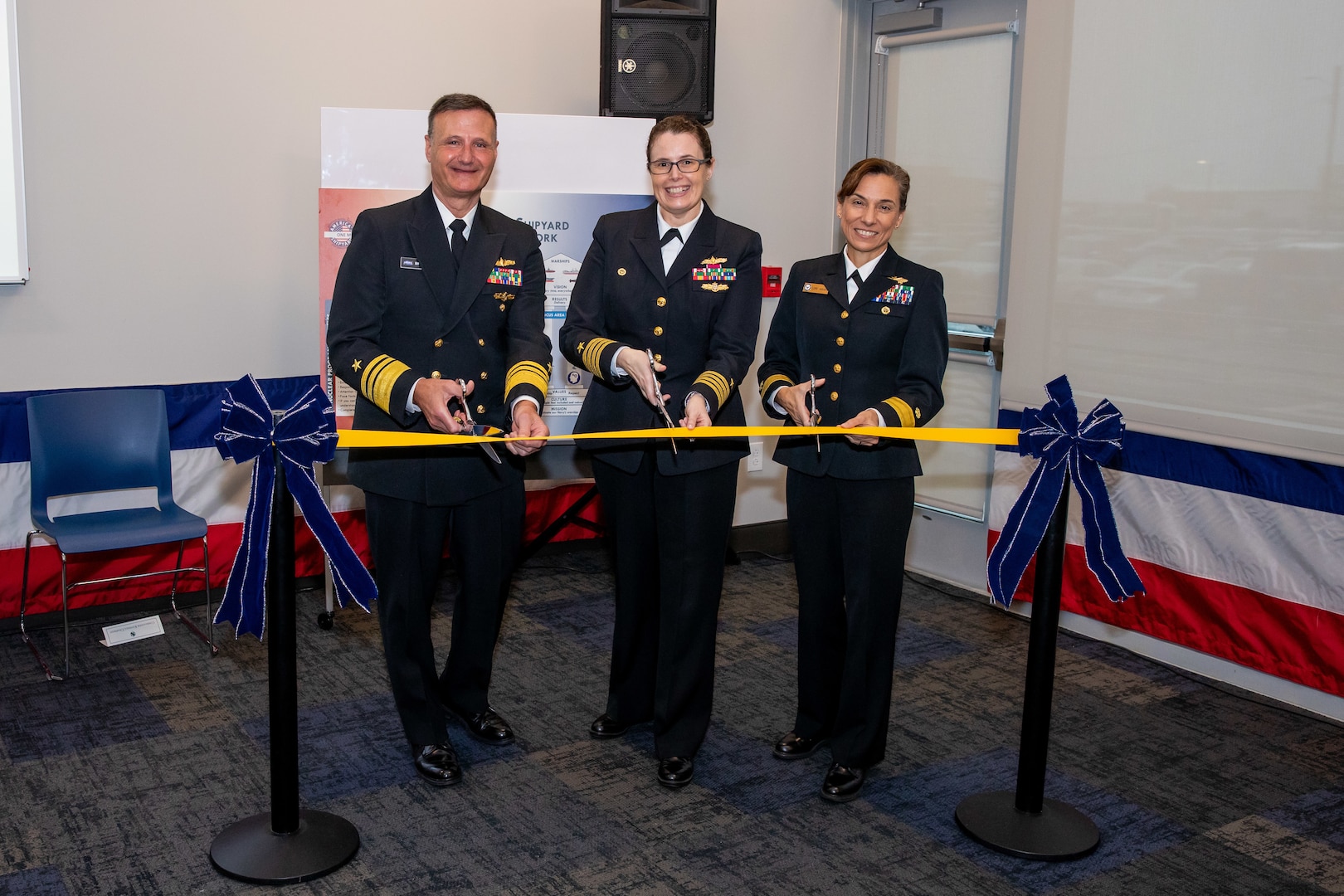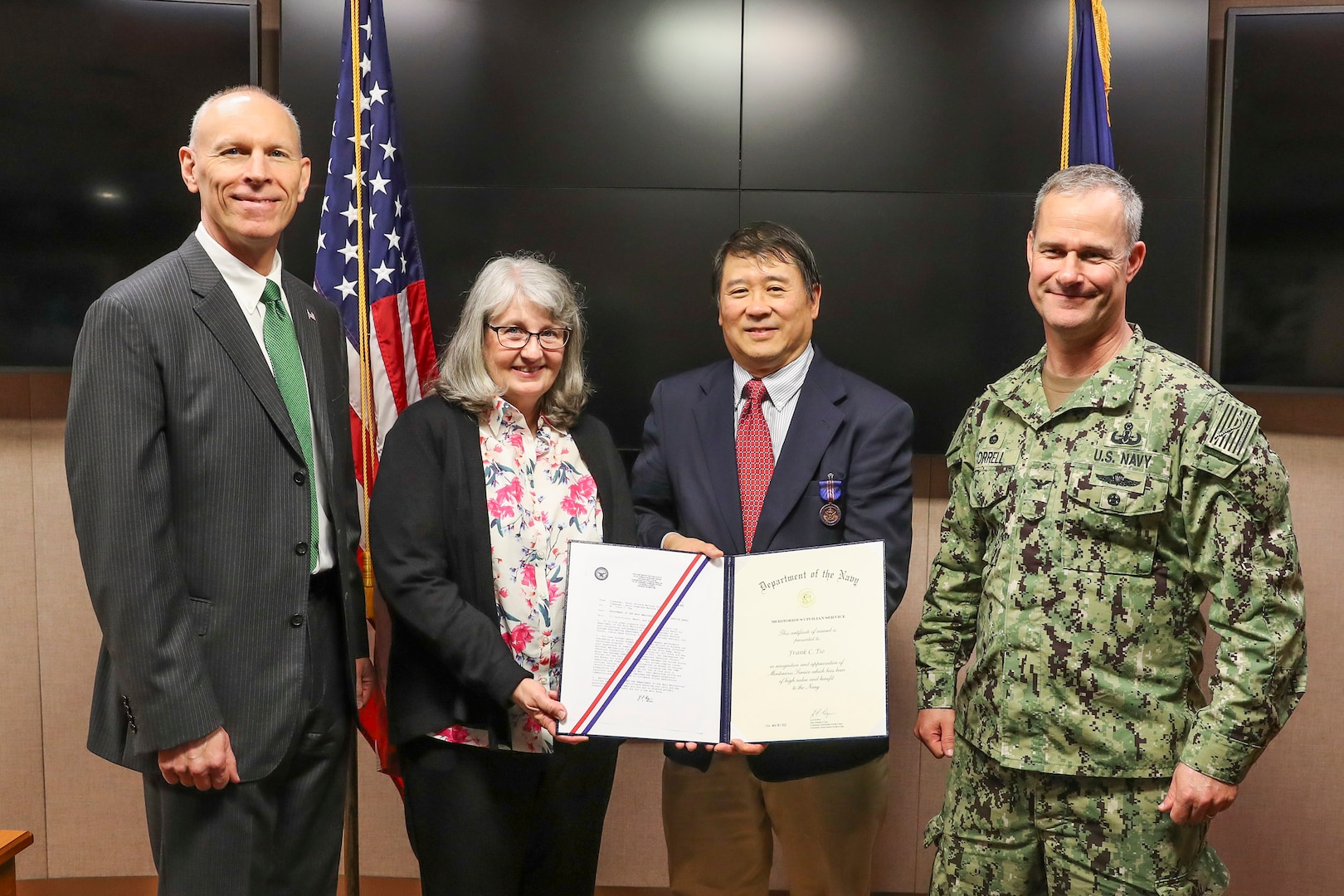Indian Head Navy Exchange - NAVMAG consists of 2,716 acres on Indian Island, located in the northeast corner of Washington State's Olympic Peninsula. Naval Magazine Indian Islands' mission is to provide logistical support of ammunition to the Pacific Fleet and the joint services in peacetime and wartime. NAVMAG Indian Island covers 7 square kilometers and contains many cultural and natural resources. There are several Native American sites on the island, including historically significant pioneer homesteads and World War II buildings.
As early as 1941, a Naval Magazine and Net depot was ordered from the Indian Islands and used as a storage facility for naval ammunition, mine collection and submarine nets. There was limited activity on the island from 1959 to 1979 when warehouse and arsenal processing from Bangor was moved to the island. After the early 1990s, NAVMAG was selected for modernization to efficiently transport containerized ammunition on mobilization. In the 2000s, NAVMAG became the Pacific Joint Munition Mobilization Command, supporting a series of joint exercises designed to test and verify munitions mobilization in the Pacific theater of operations. Since then, the Navy's and NAVMAG's mission to incorporate and promote environmental and sustainability practices has been in motion.
Indian Head Navy Exchange
Sjøforsvarsbørsen: Bygg 69 has a small switchboard. From 9.00 to 14.30. From Monday to Friday.
Nswc Ihd Employees Receive Top Navy Civilian Service Awards > Naval Sea Systems Command > News
Residents live on nearby Marowstone Island, to the east, and Port Townsend, which lies north-northwest of the site. Port Townsend is the largest settlement near the island.
INDIAN ISLAND, Wash. (May 4, 2013) – The Navy teamed up with more than 40 Jefferson and Kitsap County Beach Watch members to pick up trash along NAVMAG's Indian beaches and learn about the pristine ecology of Base 4's coastline. May in honor of Earth Day. In the background is the bridge of the USNS (T-AOE-10) on the base ammunition pier. (US Navy photo by Liane Nakahara/Released)
120306-N-GU530-152 INDIAN ISLAND, Wash. (March 6, 2012) The guided-missile submarine USS Ohio (SSGN 726) prepares to dock at Naval Magazine Indian Island. Ohio recently completed a 14-month forward deployment to the US 7th Fleet area of responsibility. (US Navy photo by Lt. Ed Early/Released) Hubbard Radio Washington DC, LLC. All rights reserved. This website is not intended for users located in the European Economic Area.
Naval Surface Warfare Center, Indian Explosive Ordnance Disposal Technology Division (NSWC IHEODTD) chemical engineer Amy Lubbering demonstrates a five-liter resonant acoustic mixer (RAM-5) to CTO Ashley Johnson during the RAM-5 facility's ribbon cutting ceremony, April 30.
Cleveland's Chief Wahoo: Why The Most Offensive Image In Sports Has Yet To Die
Naval Sea Systems Command's Ordnance Disposal Technology Center in Indian Head, Md., is working on DoD's Future of Energy strategy. Capt. Scott Kraft, commanding officer of Indian Head, said investment in energy is necessary to create a more unified lethal force.
"Energy is a term that not many people use, but it's really our calling card," Kraft said at Agency in Focus: Navy. "I wish...
"Energy is a term that not many people use, but it's really our calling card," Kraft said at Agency in Focus: Navy. “I want to unpack this. It includes many things that people might not think about, from pyrotechnics to rocket engines and explosives to torpedo fuel. Basically, anything that is designed to release energy in a way that we want to create an effect. It comes in all shapes and sizes and is used for all sorts of purposes on all sorts of platforms to all sorts of effects. Indian Head is omnipresent throughout this room.'

And so Indian Head is working on its strategy. On the one hand, it already has to work with industry to provide all the energy the military uses. Even if Indian Head has production capacity, it cannot provide enough power for the Navy alone, much less for all services.
Is This The End Of The Age Of The Aircraft Carrier?
Still, Kraft said there's a lot he can do, and he can do more than he is now. But in recent years, there have not been large investments in energy. In fact, Kraft told Federal Drive with Tom Temin, some of Indian Head's powerhouses date back to the 1960s and '70s.
Insight by Red Hat: As NNSA's James Wolf points out, agencies now know that complexity is a way of life in the cloud. So how can agencies avoid chaos and rising costs? IT leaders from DISA, Energy, GSA, State and VA join Wolff to share their early winning strategies.
The strategy that Indian Head is developing is based on two basic ideas. Firstly, energy will become a necessary part of the Navy's weapon systems in the foreseeable future. It will take a long time before lasers can replace explosive ammunition. Second, energy is not a frozen commodity. He can do more than now.
Which says something, because it does a lot at the moment. Kraft said that the Indian leader is looking closely at the supply of weapons systems, because quite often the supply itself includes energy. For example, when an airplane drops a bomb, that bomb is obviously energetic. However, under the wing of the aircraft, where the bomb is attached to the aircraft, there is most likely a device activated by the cartridge that ejects the bomb from the aircraft. And this device is also energetic.
Navy Blue Chief Wahoo Cleveland Indians 1997 World Series Side Patch N
Kraft said similar energy services have a lot in common. In this way, they benefit from savings and efficiency. But that still leaves more than 3,000 energy workers in Indian Head's aircraft-only inventory. And he is responsible for design, production, logistics, quality assurance, operational engineering, support and demilitarization for all of them.
To achieve this, Indian Head has 16 different industrial complexes, although not all of them can be fully utilized at all times. Kraft said he has a mobilization capacity that he has used in the past.
Indian Head also employs 2,100 people who run the gamut from administrators and physicists to technicians and operators. Kraft called it "a tremendous amount of education, knowledge [and] experience."
"One of the things about Indian Head and its employees is that it's not unusual to find people who have been here 30 to 40 years," Kraft said. "They love what they do, it's very niche, it's very important, they're very good at it and we want to keep them as long as we can."
Pakistan's Naval Transformation: Dangerous Delusions, Soaring Ambitions
Agency Spotlight Agency Surveillance All News Defense Defense News Energy Federal Drive Indian Head Ammunition Disposal Technology Command Naval Sea Systems Division Naval Forces Command NSSC Scott Craft
Navy exchange, navy exchange store, navy exchange credit card, shop my navy exchange, navy exchange star card, navy exchange appliances, navy exchange online login, navy exchange com, indian navy wife exchange, the navy exchange, my navy exchange com, navy exchange catalog


0 Comments